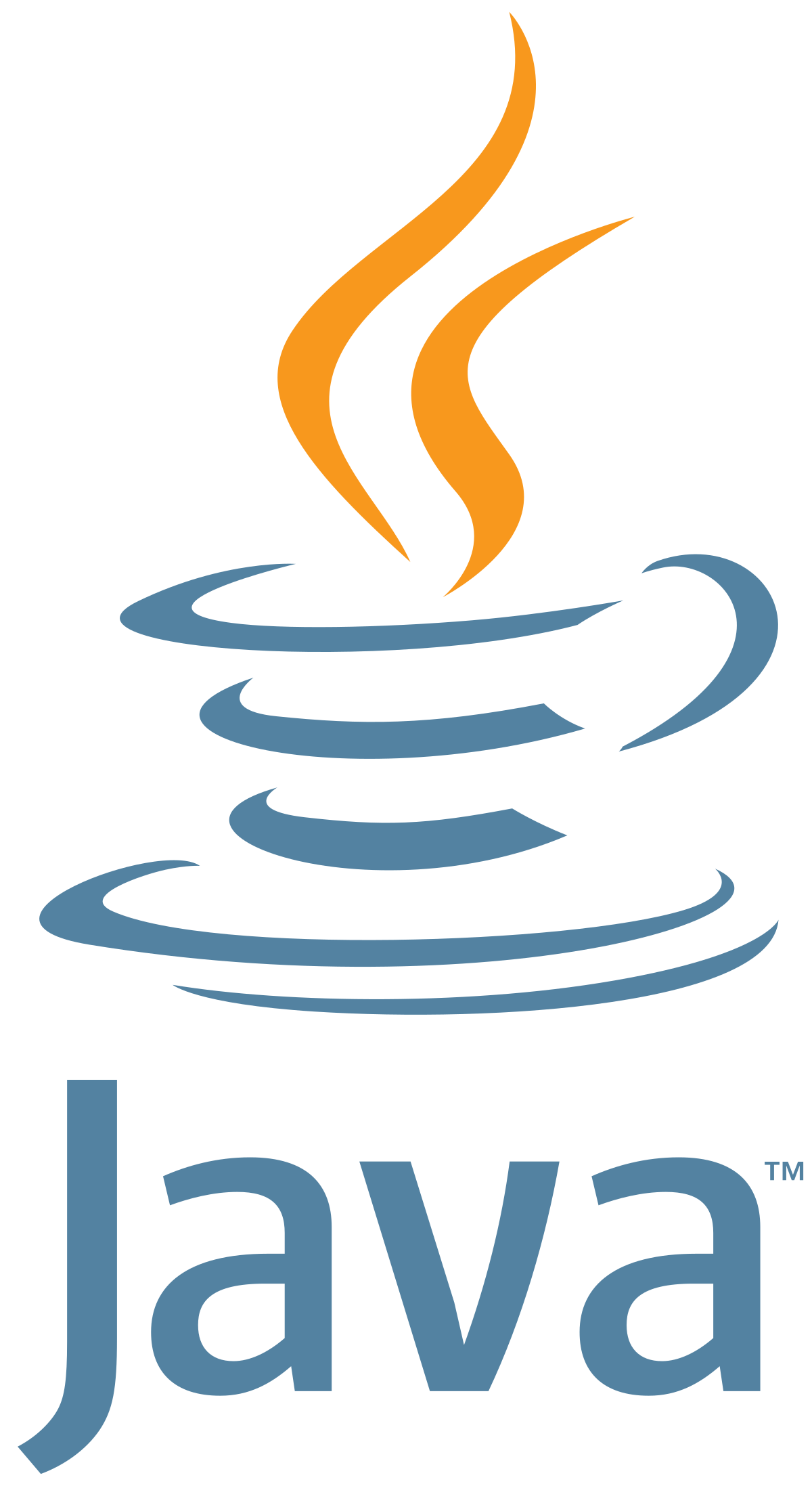
Data Types
In Java, there are 8 primitive data types. They are the basic building blocks for the language. You can build complex objects and applications based on these data types, similar to how you can create a skyscraper out of simple Lego pieces.
- byte
- short
- int
- long
- float
- double
- char
- boolean
Integer Types
For negative and positive numbers without fractions, you have four choices: byte, short, int, and long.
| Type | Storage | Range (Inclusive) | Example |
|---|---|---|---|
| byte | 1 byte | -128 to 127 | byte b = 127; |
| short | 2 bytes | –32,768 to 32,767 | short s = 30000; short s1 = -32_000; |
| int | 4 bytes | –2,147,483,648 to 2,147,483, 647 (just over 2 billion) | int i = 20; |
| long | 8 bytes | –9,223,372,036,854,775,808 to 9,223,372,036,854,775,807 | long l = 100; long l1 = 100L; long l2 = 100l; |
Byte
Note for each type, there is a storage associated with it. The storage space is called byte. Think of it like a bucket. It refers to how many bucket is needed to store the number. This is important when memory was expensive. But now, memory is usually not a factor for most computer, so most developers use int for simple numbers and long for large numbers.
Casting
Java automatically converts a smaller type number into a larger type because it is not losing any data.
byte b = 127;
int i = b;
However, to cast a larger type into a smaller type, you have to write the type you want to convert it to. For example, if you have an int (4 byte) and you want to convert it to a byte (1 byte), then there is a possibility that the number might not fit into the byte. Therefore, Java forces you to say, yes, I understand I might lose some data, convert it anyway.
int i = 129;
byte b = (byte)i; // casting from 4 bytes into 1 byte
// b becomes -127 because the maximum number a byte can be is 127
Decimal Types
Numbers with fractions
| Type | Storage requirements | Range (Inclusive) |
|---|---|---|
| float | 4 bytes | Approximately ±3.40282347E+38F (6–7 significant decimal digits) |
| double | 8 bytes | Approximately ±1.79769313486231570E+308 (15 significant decimal digits) |
Developers generally uses double because the precision is better. Because of the way double are store is not 100% correct, in the real world, we do not use double or float for money.
Casting
Java can automatically cast integers into float/double.
int i = 2000;
float f = i;
Because of the loss of precision, to cast from a decimal number into an integer, you have to explicitly say so.
float f = 3.14f;
int i = (int)f; //i is 3
char Type
The char type is a single character represented by a value enclosed in single quotes. It takes up 2 bytes.
char a = 'a';
char capA = 'A';
char semi = ';';
char num = '8';
Note '8' is NOT the same as the number 8 without quotes. One is a char, the other is an int.
You can use a number to represent a character. A is mapped to the number 65 so you can write it like this:
char numChar = 65; // 'A'
boolean Type
The boolean type has two values: false and true.
boolean t = true;
boolean f = false;
You can use it to store the result of a comparison because the comparison yields true or false.
boolean a = 1 > 0; // true
boolean b = 1 > 5; // false
boolean c = 1 == 1; // true
boolean d = 1 >= 5; // false
boolean e = 1 <= 5; // true
boolean f = 8 == '8'; // false
Is Java a true object oriented language?
No, because primitive types are not objects.
Resources
- Core Java Chapter 3.3
- Data types - Oracle
- Understanding Binary
